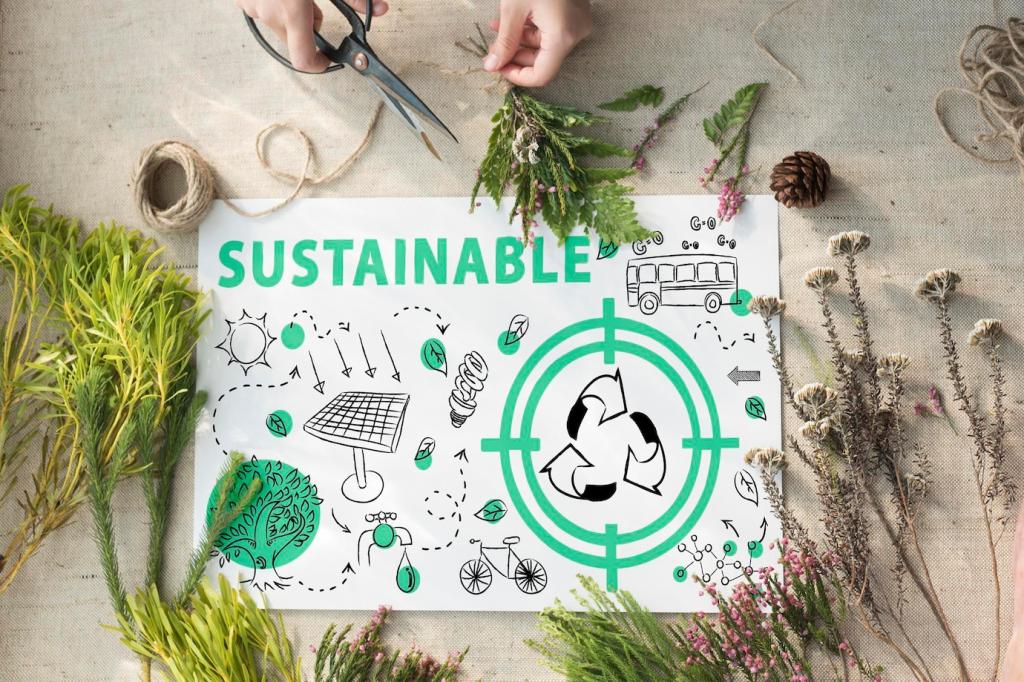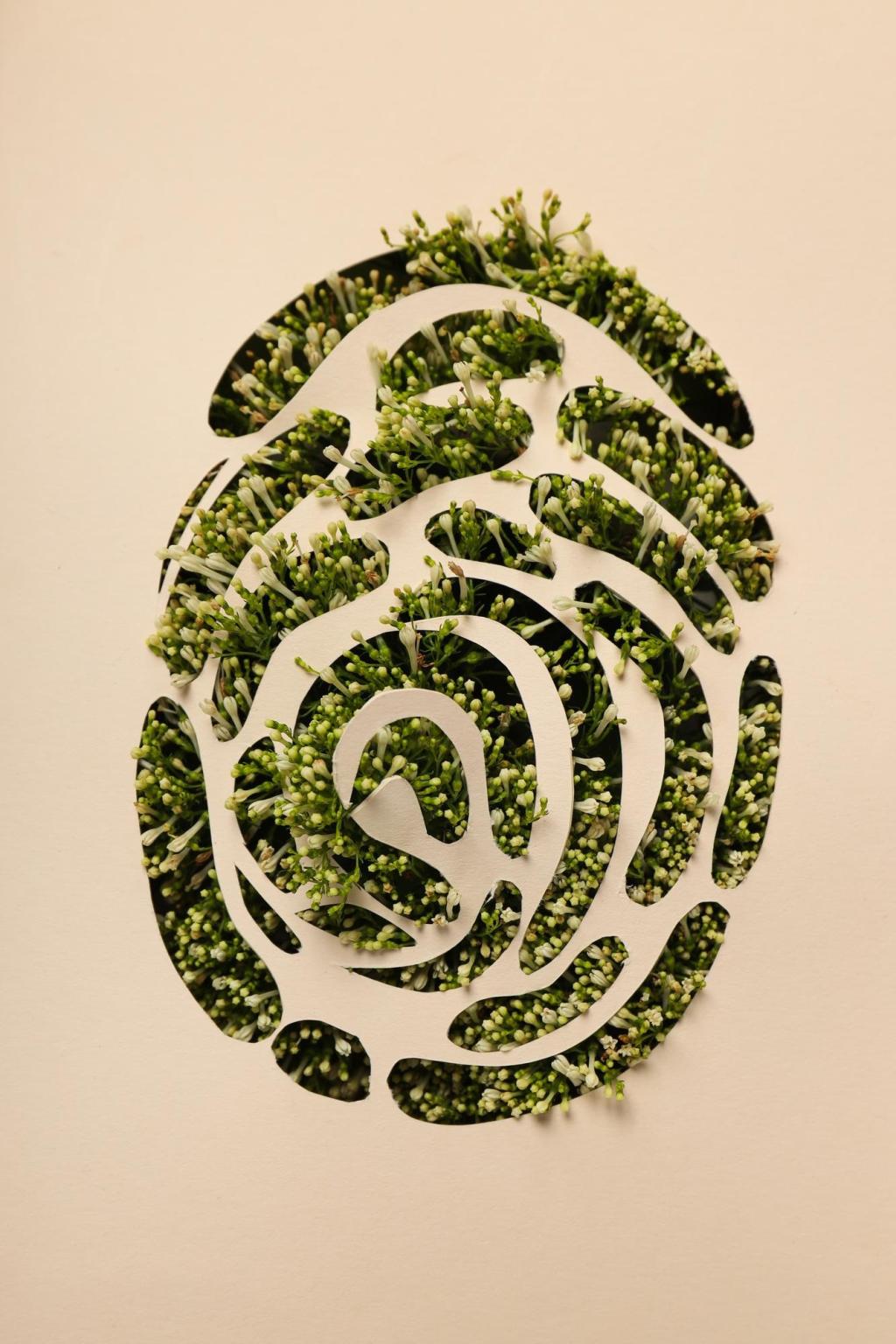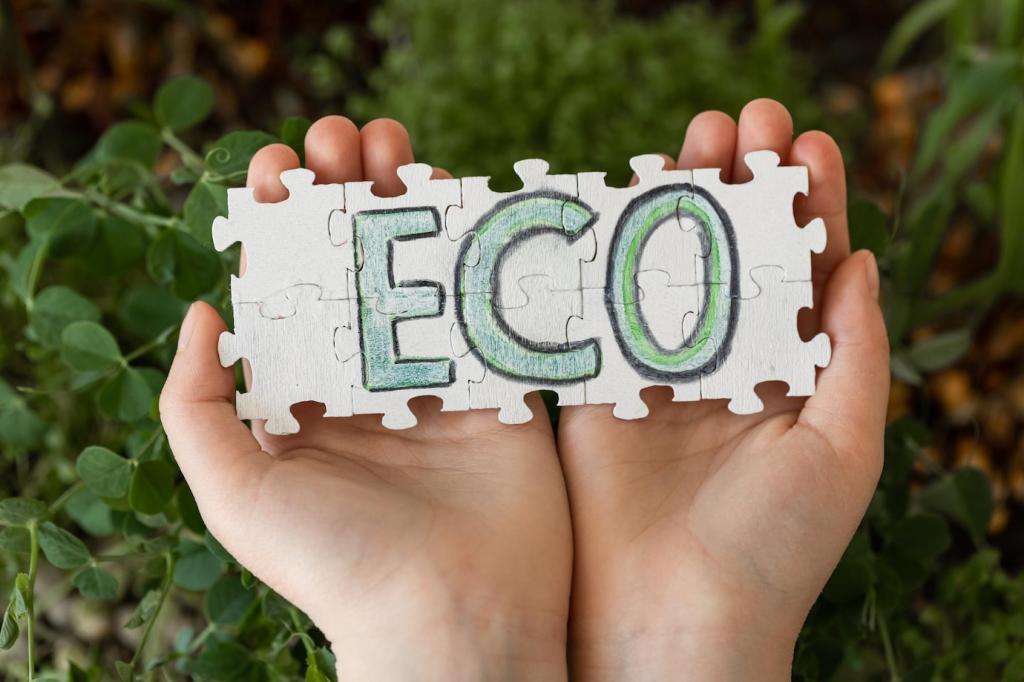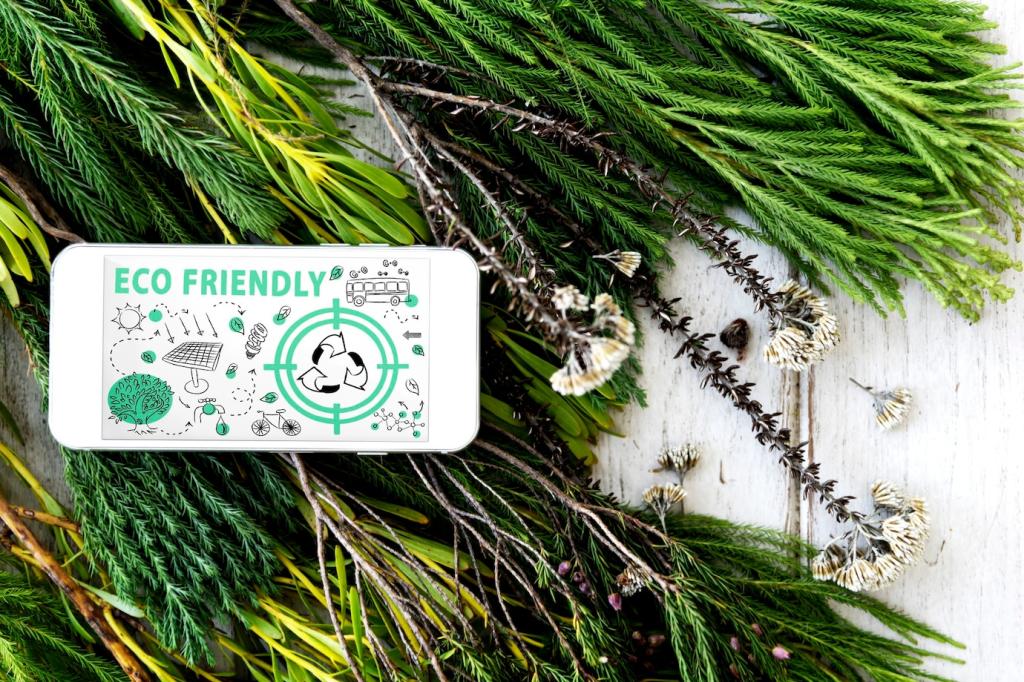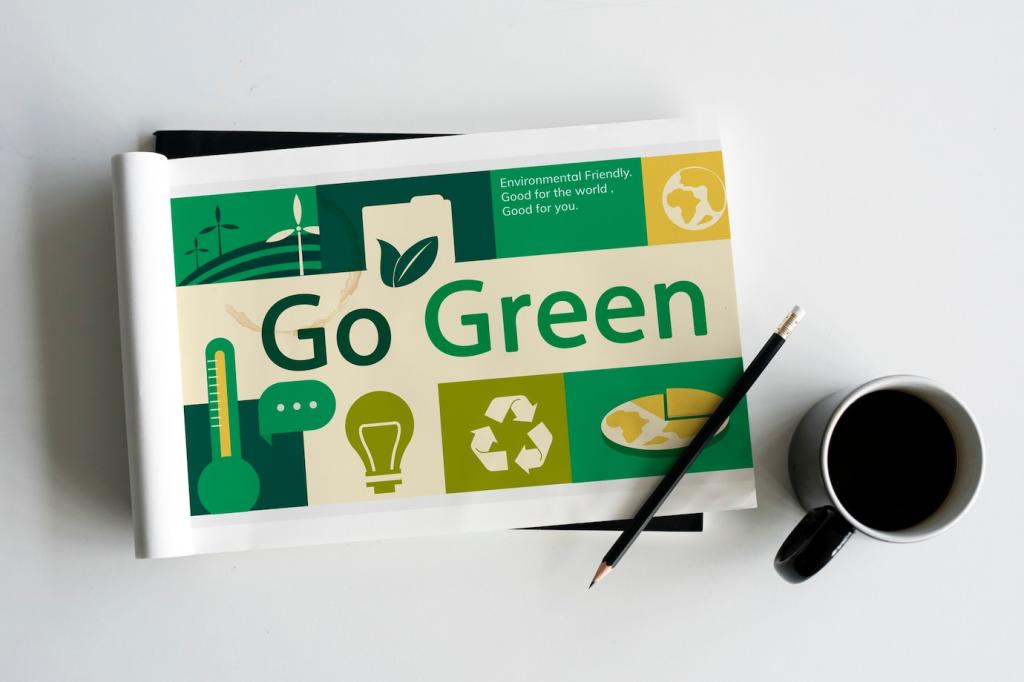What Makes a Material Sustainable?
Think beyond pretty finishes. A sustainable kitchen material should minimize embodied carbon, tolerate repair, and reenter cycles at end-of-life. Cradle-to-cradle thinking beats trendy labels and keeps resources in play longer.
What Makes a Material Sustainable?
FSC certifies wood’s forest origins; Greenguard Gold and CARB2 signal low emissions; Cradle to Cradle and Declare list ingredients transparently. Ask for EPDs or HPDs, and verify certificates rather than trusting brochures.


